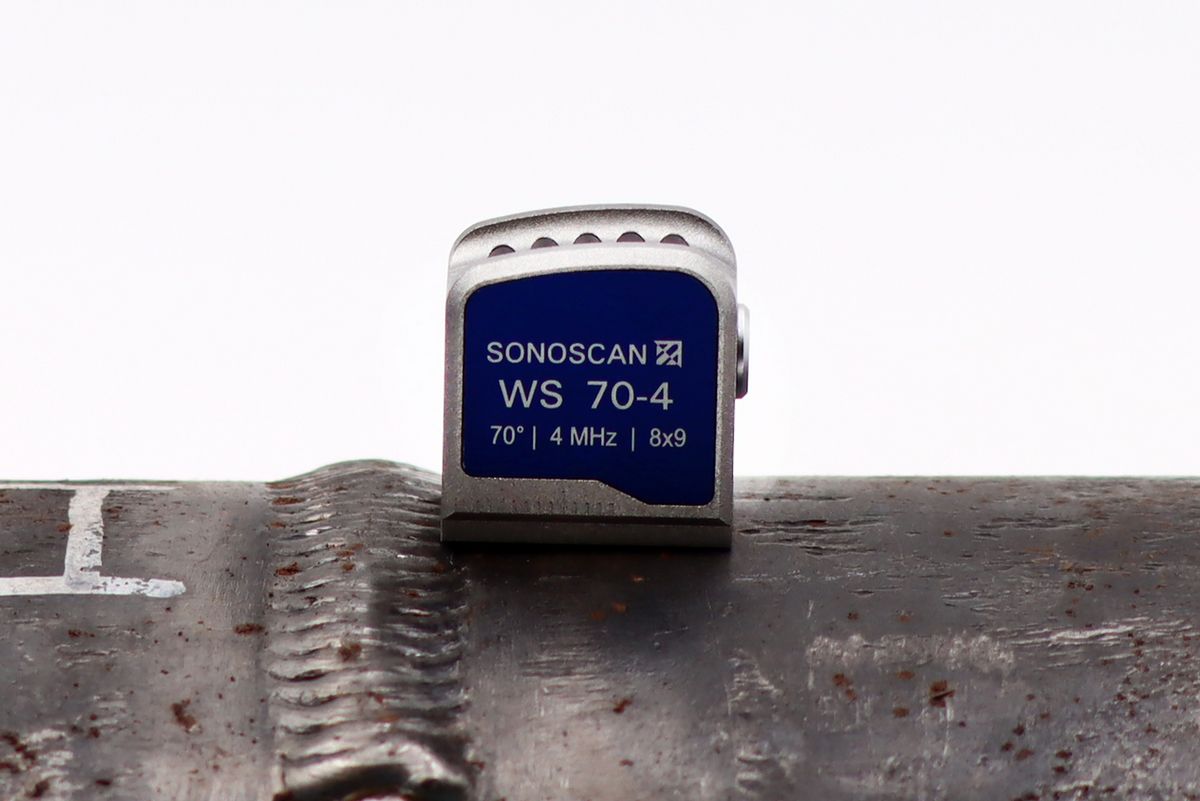Recognizing the Causes and Solutions for Undercut Welding in Steel Fabrication Processes
In the realm of metal manufacture procedures, the incident of undercut welding poses a considerable challenge that demands a detailed understanding of its reasons and feasible services. The intricate interaction of numerous elements throughout welding procedures can lead to this unwanted phenomenon, impacting the architectural stability and general high quality of the bonded joints - Preventing weld undercut. By exploring the root creates of undercut welding and checking out effective therapeutic actions, makers can boost the requirement of their craftsmanship and ensure the manufacturing of remarkable metal parts
Common Sources Of Undercut Welding
Frequently overlooked in steel manufacture, undercut welding occurs as a result of different elements that demand meticulous focus and knowledge to be efficiently alleviated. One typical source of undercut welding is extreme warmth input. When the warm input is too high, it can bring about the melting and succeeding disintegration of the base material along the edges of the weld joint, producing a groove or undercut. Additionally, improper welding techniques, such as using the incorrect welding angle or travel rate, can also contribute to damage development. Insufficient securing gas insurance coverage is an additional vital factor that can result in undercutting. Insufficient gas insurance coverage falls short to secure the weld pool adequately, bring about oxidation and undercut defects. Moreover, the option of welding criteria, such as voltage, existing, and wire feed rate, plays a substantial function in the occurrence of undercut welding. Comprehending these usual causes is crucial for carrying out preventative actions and making sure premium welds in metal manufacture procedures.
Impact of Incorrect Welding Parameters
Incorrect welding parameters can substantially compromise the stability and quality of welded joints in metal construction processes. The effect of inaccurate welding specifications shows up in various means, leading to structural weak points and issues in the bonded components. Careful attention to welding criteria is vital to guarantee the production of premium welds with the desired mechanical buildings and structural stability.
Result of Improper Lantern Angle
Inappropriate torch angle in welding procedures can substantially impact the top quality and honesty of the final weld joints in steel manufacture processes. Undercutting is an usual welding defect where a groove creates along the weld toe, damaging the joint and compromising its structural stability.
A lantern angle that is also high can lead to inadequate infiltration, insufficient combination, and boosted spatter. On the other hand, a lantern angle that is too shallow can cause extreme infiltration, burn-through, and distortion of the base product. Preventing weld undercut. Correct torch angle is crucial for ensuring consistent weld top quality, toughness, and look
To avoid undercutting and other problems brought on by inappropriate torch angles, welders need to be educated to maintain the appropriate torch angle throughout the welding procedure. Normal monitoring and change of torch angles throughout welding can help achieve audio welds with marginal problems.
Duty of Inadequate Welding Techniques

Another aspect of inadequate welding techniques is improper weld preparation. Insufficient cleaning of the base metals, see inaccurate joint style, or insufficient edge prep work can all add to damage welding. Poor protecting gas insurance coverage or using the wrong type of gas can result in insufficient blend and the development of undercut defects.
To attend to the duty of insufficient welding strategies in steel manufacture processes, it is important to provide extensive training for welders. Proper education on welding parameters, joint preparation, and securing gas option can aid prevent undercut welding and guarantee high-quality welds in steel manufacture projects.
Efficient Solutions for Undercut Welding
Attending to undercut welding in metal fabrication calls for executing effective solutions to enhance weld quality and architectural stability. One of the primary services to battle undercut is to adjust welding parameters such as voltage, current, and travel speed to make sure proper heat input and combination. By fine-tuning these settings, welders can stop extreme melting of the base metal and filler product, minimizing the chance of undercut formation.
Furthermore, proper joint prep work is critical in stopping undercut. Making certain clean base steel surfaces devoid of pollutants and using the appropriate bevel angle can help advertise far better weld infiltration and minimize the risk of undercut - Preventing weld undercut. Utilizing ideal welding methods, such as oscillating the lantern or weaving, can also aid in distributing heat evenly and loading the weld joint properly, minimizing the possibility of undercut issues
Moreover, picking the right welding consumables, including electrodes and filler metals, is important in alleviating undercut. Utilizing products with proper chemical compositions and mechanical buildings can add to attaining sound welds with marginal undercut. Routine examination and high quality control steps must likewise be applied to detect and resolve undercut problems immediately, making certain the general integrity of made steel components.

Verdict
In verdict, comprehending the reasons and options for undercut welding in steel fabrication processes is crucial for accomplishing premium welds. By attending to typical reasons such as wrong welding criteria, incorrect torch angle, and insufficient welding techniques, welders can stop undercutting and ensure strong, resilient welds. It is necessary to pay focus to these aspects and implement efficient remedies to boost the overall welding procedure and end product quality.
